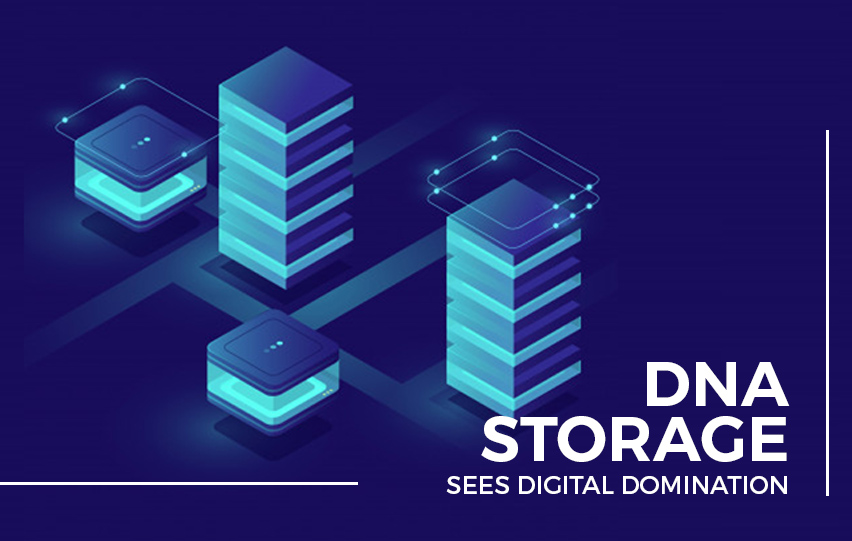International Data Corporation (IDC) estimates the domination of DNA data storage in five years, processing 175 zettabytes of data annually.
The organization that examines the consumer markets, devices, applications, networks, and services, said humanity will produce more data totaling to 20 zettabytes. Even with distributed storage systems, the evolution of data storage is needed to process large-scale data.
To date, large companies are required to build a data warehouse with 100,000 square feet of space. This setup does wonder when it comes to storing and processing billions of data daily. From emails, applications, photos, videos, and other files, massive storage is needed.

IDC said these data warehouses contribute to the 2 percent of the overall electricity consumption of the United States. And with the increasing demand for data storage, warehouses are not economical and sustainable solutions.
DNA is the only solution considered by researchers to store massive amounts of data, with sustainable models for preservation. However, DNA storage is expensive to read and encoded, which are the primary reasons why it is not being used.
Replicate DNA
One megabyte of data costs around $3,500. With cost as the primary hurdle to overcome usage, most companies won’t bother spending more for data storage. There’s an upside to this technology, as data is more secured in DNA storage.
Researchers believe by replicating DNA functions, could help enterprises store large-scale data, requiring no massive warehouses. For this to work, data must be encoded in the DNA language then reversed back to the readable information.
“Because DNA has been chosen by all of life as the information storage medium of choice…it turns out to be very robust,” said University of Texas professor Ilya Finkelstein.
Finkelstein is part of the team that pushes for the limits of the DNA-based storage methods, researching both molecular biology and computer science links. The university has been working on this project since the 1980s, correcting the errors on DNA storage.
The University of Texas also publishes a journal early this year, claiming they’ve stored more accurate DNA storage that stores the entirety of The Wizard of Oz, translated into Esperanto.
While the hype for DNA storage already exists, according to some experts, it would take more years for the scientists to automate the process of storing massive information. Some even claim that DNA sequencing technology isn’t initially designed for reading data.
















